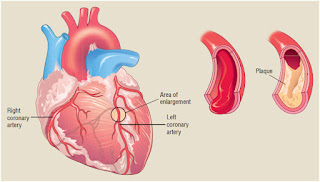One of the most significant benefits of workplace mental health initiatives is enhanced employee well-being and engagement. When employees feel supported and valued, they are more likely to have positive personal well-being, which, in turn, contributes to higher levels of engagement, job satisfaction, and loyalty to the organization. With a focus on mental health, employees are more likely to have a better quality of life, both inside and outside of the workplace.
In addition to increased well-being, workplace mental health initiatives have been shown to increase productivity and performance. By reducing stress and anxiety, employees can better focus on their work, leading to increased efficiency and productivity. Furthermore, when employees feel supported and valued, they are more likely to be fully engaged in their work, leading to better performance outcomes.
Another critical benefit of workplace mental health initiatives is reduced absenteeism and turnover rates. When mental health issues go unaddressed, employees may take more sick days and may ultimately leave the organization altogether. However, when organizations prioritize mental health, they create an environment where employees feel valued and supported, reducing the likelihood that they will take time off or leave the organization due to mental health concerns.
Finally, implementing workplace mental health initiatives can improve an organization's reputation. Organizations that prioritize mental health send a message to their employees and the general public that they value and prioritize the well-being of their employees. This demonstrates a commitment to ethical and socially responsible business practices, which can positively impact an organization's reputation and attract top talent.
In conclusion, implementing workplace mental health initiatives offers numerous benefits for both employees and organizations. By promoting positive mental well-being, organizations can enhance employee well-being and engagement, increase productivity and performance, reduce absenteeism and turnover rates, and improve their reputation. These benefits make workplace mental health initiatives a wise investment for any organization, leading to better outcomes for all stakeholders involved.














.jpeg)







.jpeg)



.jpeg)




